Accuracy above all! Correct calculation of cast iron radiators for the area of the room
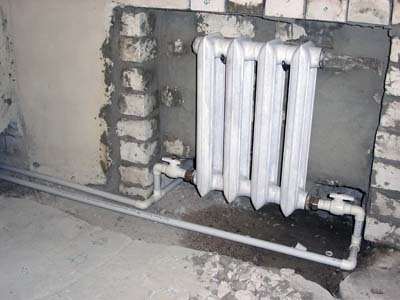
Cast iron radiators are valued for their reliability, unpretentiousness, simplicity of design.
They have high resistance to corrosion and are irreplaceable in open systems with high oxygen content in water.
The thermal inertia of cast iron heating devices ensures the stability of the temperature regime in the room with sharp fluctuations in the parameters of the coolant in centralized heating systems.
When calculating the required number of sections, use in two ways - simplified and precise.
Content
- A simplified method for calculating the number of sections of cast iron radiators
- How to accurately calculate the number of heating radiators?
- K1 - the number of external walls in the room
- K2 - orientation to the cardinal points
- K3 - for the degree of wall insulation
- K4 - on the peculiarities of the climatic conditions of the region
- K5 - ceiling height coefficient
- K6 - for the type of room located above
- K7 - for types of installed windows
- K8 - for glazing area
- K9 - on the radiator connection diagram
- K10 - the degree of openness of the installed batteries
- Useful video
- Calculate with savings
A simplified method for calculating the number of sections of cast iron radiators
Exists several formulas to calculate the number of heating radiators.
Per square meter of area, table
The method is based on the assertion that for heating 1 m² living space of a room in central Russia is required 100 W thermal power of the heating device.
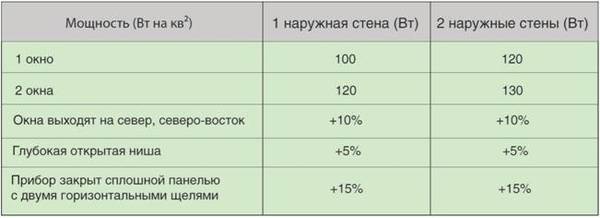
Photo 1. Option for calculating the number of cast iron radiators per square meter of area in a living space.
Number of radiator sections calculated using formula (1):
N = (100 X S)/Q (1)
- N — number of sections (rounded to the nearest whole number);
- S — room area, m²;
- Q - heat transfer one section, Tue.
At non-standard coolant temperatures
The thermal power of one section of the radiator is indicated in the passport for standard values of the inlet temperature Tpod = 90ºС and the device output Tobr = 70ºС.
If the temperature of the coolant in the heating system of a private house has other values, then the heat output of the section Q calculated by formula (2):
Q = K X ∆ T (2)
- K — a reduced coefficient depending on the physical characteristics of the radiator section;
- ∆ T — temperature difference calculated by formula (3):
∆ T = 0.5 X (Tpod + Tobr) — Tpom (3)
- Tpod — temperature at the inlet of the heating device;
- Tobr — outlet temperature;
- Tpom — the required temperature in the room (20ºС).
Calculating the value Q at given temperatures of the coolant at the inlet and outlet of the heating device, it is performed in the following sequence:
- The value of the reduced coefficient is calculated TO from formulas (2), (3) for known passport values Q at standard Tpod = 90ºС, Tobr = 70ºС.
- The difference is determined ∆ T according to formula (3) for real parameters Tpod And Tobr.
- It is being calculated Q according to formula (2).
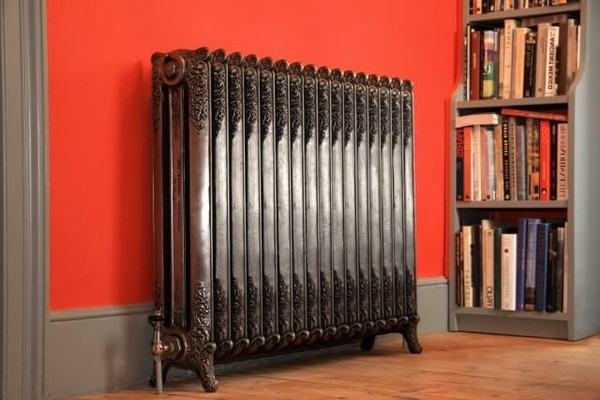
Photo 2. Cast iron radiator installed in a living space. The device is decorated with decorative forging.
For non-standard ceiling heights
Formula (1) valid for standard room heights - from 2.5 to 3 m. For other values of room height, use formula (4):
N = (H X Y X S)/Q (4)
- N — number of sections (rounded to the nearest whole number);
- H — room height, m;
- Y — specific power equal to 41 W/m³ for panel houses made of reinforced concrete or 34 W/m³ for brick buildings or private houses with external insulation;
- S — area of the premises, m²;
- Q — heat output of one section, W.
How to accurately calculate the number of heating radiators?
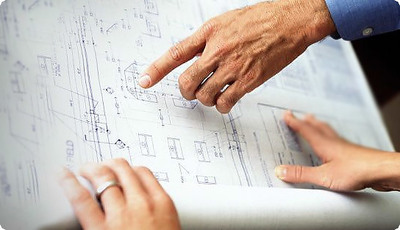
As a basis methods formula (1) is taken with coefficients that take into account the climatic features of the area and the parameters of the building structures on which heat loss in the calculated room depends.
Number of radiator sections N with an exact calculation it is determined by formula (5):
N = K1 X K2 X K3 X K4 X K5 X K6 X K7 X K8 X K9 X K10 X (100 X S)/Q (5)
- N — number of sections (rounded to the nearest whole number);
- S — room area, m²;
- Q —thermal power one section, Tue.
- K1…K10 correction factors.
K1 - the number of external walls in the room
Coefficient K1 equals:
- 0.8 - indoor space;
- 1.0 - room with one external wall;
- 1,2 - corner room — two partitions with the street;
- 1.4 - three walls to the street.
K2 - orientation to the cardinal points
The degree of heating by the sun's rays depends on the location of external partitions in the room. Coefficient K2 equals:
- 1,1 - external walls are oriented to the east or north;
- 1.0 - the walls of the room "look" to the west or south.
K3 - for the degree of wall insulation
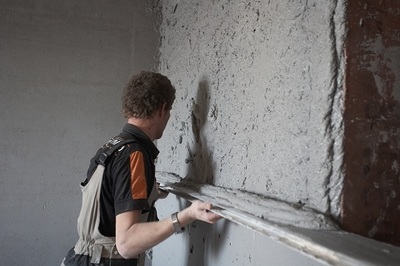
The thermal resistance of the wall, which affects the heat loss of the room, depends on the characteristics of the insulation. Coefficient K3 equals:
- 1.27 - the outer wall is not insulated;
- 1.0 - room partitions made of two bricks without insulation;
- 0.85 - a wall with insulation, the calculated value of thermal resistance of the entire wall complies with SNiP standards.
Verification of compliance with SNiP standards of thermal resistance of a wall, as a multilayer structure, is performed in the following sequence:
- Each layer has its own thermal resistance calculated. Ri by formula (6):
Ri = h / λ (6)
- h - layer thickness, m;
- λ - thermal conductivity coefficient of one layer.
- The obtained resistance values of all layers are summed up.
- The calculated sum is compared with the standard value for the given area.
K4 - on the peculiarities of the climatic conditions of the region
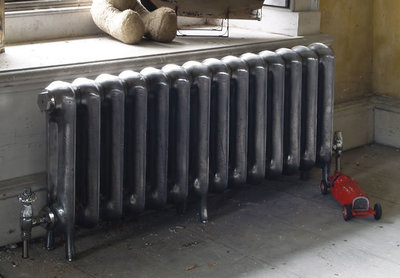
This coefficient depends on the climate zone in which the house is located. Depending on the average temperature Tcp for the five coldest winter days coefficient K4 equals:
- 1.5: Tcp ≤ -35°C;
- 1.3: -30 °C ≥Tcp > -35 °C;
- 1,2: -25°C≥ Tcp > -30 °C;
- 1.1: -20°C≥ Tcp > -25 °C;
- 1.0: -15°C≥ Tsr > -20 °C;
- 0.9: -10°C≤ Tsr > -15 °C;
- 0.7: Tsr > -10 °C.
K5 - ceiling height coefficient
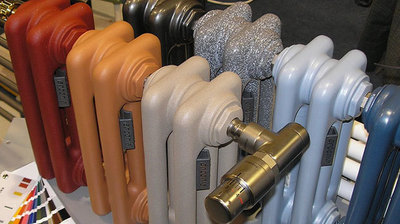
Depending on the height N ceilings of the room coefficient value K5 equals:
- 1.0: H < 2.7 m;
- 1.05: 2.7m ≤ H < 3.0 m;
- 1.1: 3.0 m ≤ H < 3.5 m;
- 1.15: 3.5m ≤ H < 4.0 m;
- 1,2: H ≥ 4.0 m.
K6 - for the type of room located above
The magnitude of the coefficient K6 equals:
- 1.0 - above the room there is an uninsulated attic or roof;
- 0.9 - above the room there is an insulated attic;
- 0.8 - the upper room is heated.
K7 - for types of installed windows
Depending on the type of glazing, the coefficient K7 equals:
- 1.27 - wooden windows with double glazing;
- 1.0 - plastic or wooden windows of modern design with single-chamber glass;
- 0.85 - double-glazed windows, number of chambers more than one.
K8 - for glazing area
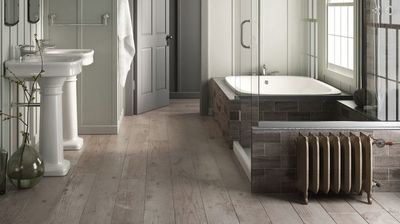
Calculation of the coefficient K8:
- The total area of all windows in the room is calculated.
- Divide the resulting number by the area of the room to obtain the reduced value. Spr.
Depending on the size Spr value of the coefficient K8 equals:
- 0.8:0<>0.1;
- 0.9:0.11<>0.2;
- 1.0:0.21<>0.3;
- 1.1:0.31<>0.4;
- 1.2:0.41<>0.5.
K9 - on the radiator connection diagram
Value of the coefficient K9 equals:
- 1.0: diagonal connection, supply pipe at the top, return pipe at the bottom;
- 1.03: one-way connection, the coolant moves from top to bottom;
- 1.13: the heating device is connected through the lower holes, the supply pipe enters the radiator from one side, the return pipe exits from the other;
- 1.25: diagonal connection, supply pipe at the bottom, return pipe at the top;
- 1.28: one-way connection, the coolant moves from bottom to top;
- 1.28: the supply and return pipes are located at the bottom of the heating device next to each other (in a special fitting).
K10 - the degree of openness of the installed batteries
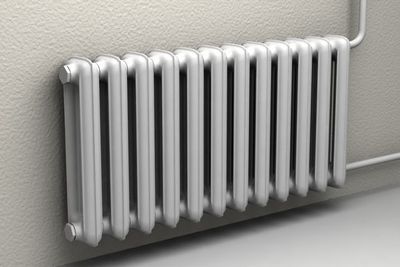
Depending on whether the heating appliance is covered by a window sill or a screen, the value K10 equals:
- 0.9: the window sill above the radiator and the screen are missing;
- 1.0: there is a shelf or window sill on top of the device;
- 1.07: the radiator is recessed into a wall niche;
- 1.12: there is a window sill and a screen;
- 1,2: The device is completely covered by a decorative panel.
Useful video
Watch a video review of a cast iron heating radiator, which tells about the pros and cons of the device.
Calculate with savings
Formula (5) takes into account all factors, affecting the maintenance of a comfortable temperature in the room.
Attention! It is very important to use accurate calculations when the house is located in another climate zone, different from the middle latitude.
For a large number of rooms, a detailed calculation method allows calculate the estimate more accurately and economically for the purchase of heating devices.






